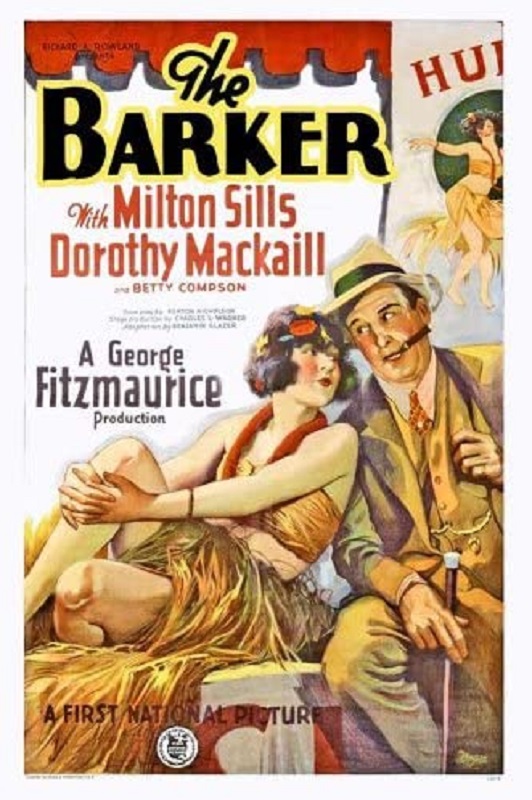
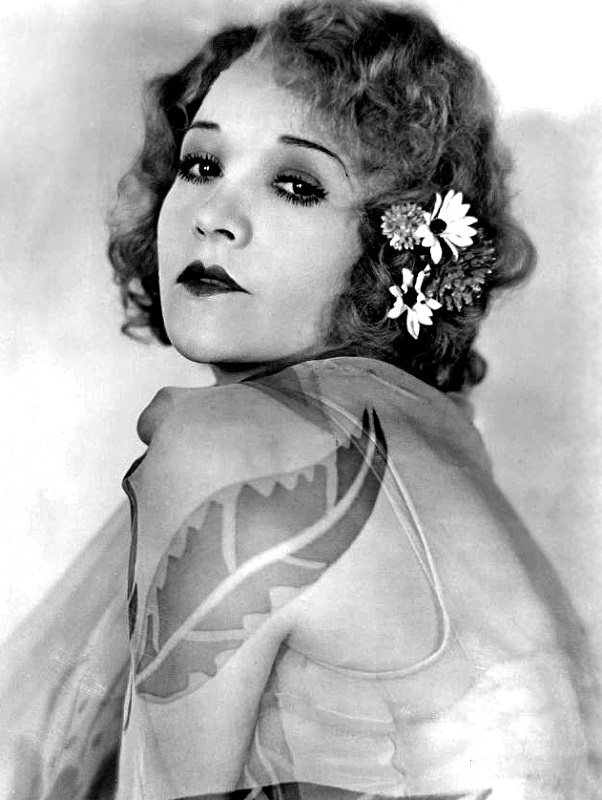
Sorry, I can’t find this movie.


Sorry, I can’t find this movie.
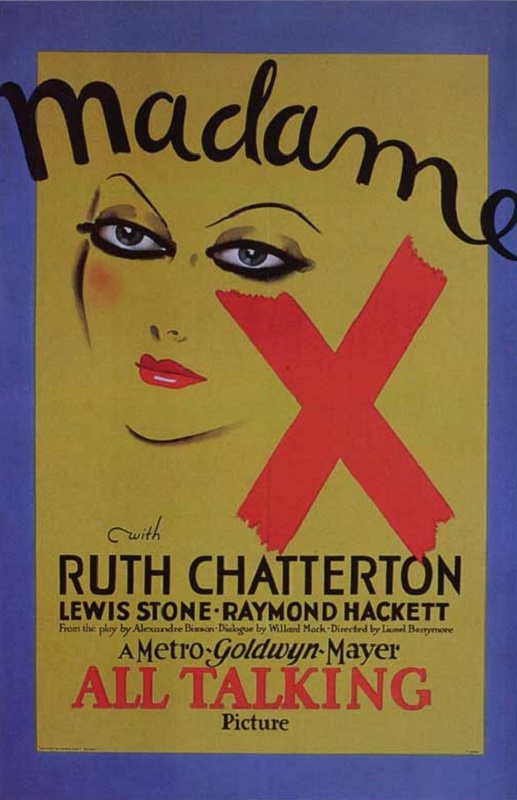
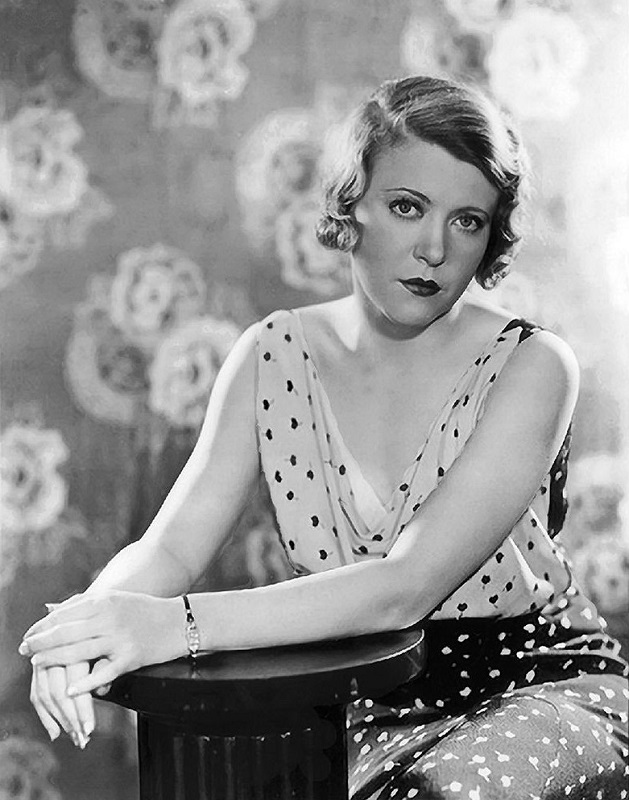
Sorry, I can’t find this movie.
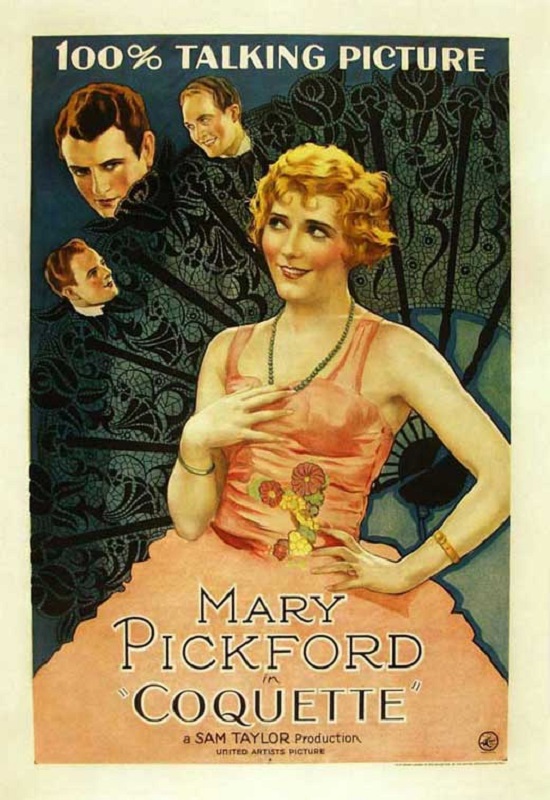
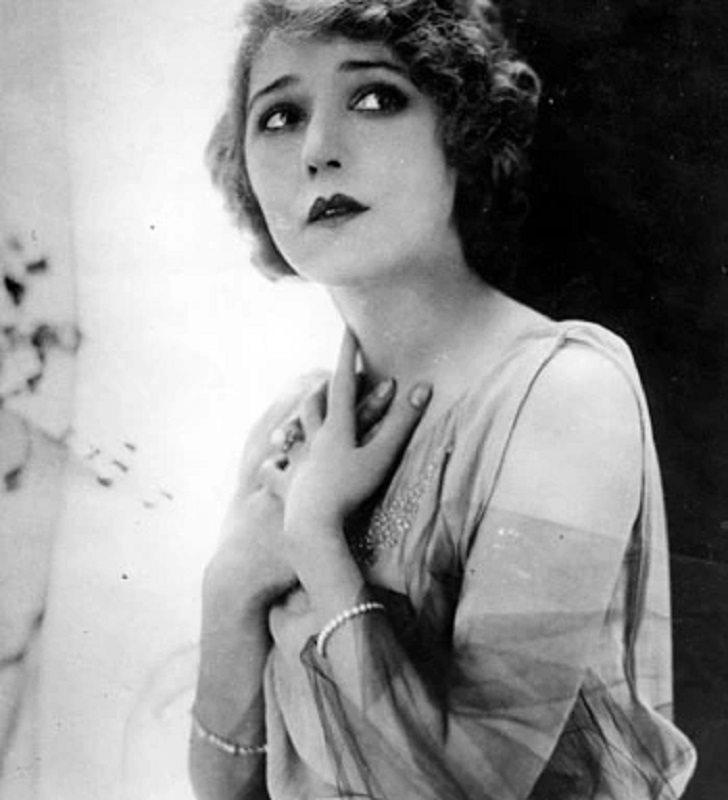

1928-29 – Mary Pickford
Coquette
This is my first Mary Pickford film. When the film began, I didn’t have high hopes simply because I didn’t like the character she was portraying. She was playing Norma, a… well… a coquette, an annoying little self-centered brat who toyed with the affections of all the young men within reach. But my opinion sure did change in the second half of the movie!
The role was actually a very dramatic one, truly worthy of a Best Actress Oscar win. Pickford had to portray a believable character arch from the young and immature girl, to the faithful woman in love, pining for her man while he was away. And then in the latter half of the film, when her father murders him to prevent his daughter from marrying below her station, she really goes through the ringer! Fear, anger, tears, despondency! This role had it all, and Pickford did a fantastic job!
I found it interesting to learn that Mary was one of the founding members of the Academy of Motion Picture Arts and Sciences, as was Richard Barthelmess, who was also nominated for the Best Actor at the first Academy Awards. In Coquette, Mary was 36 years old, playing the part of a girl in her early twenties, if not in her teens. Ah, the magic of Hollywood! Fortunately she had a very youthful beauty.
It was also interesting to note that Pickford had been acting in silent films for years, and that this was the first of only four talkies in which she starred. When she first heard her recorded voice, she didn’t like the way she sounded. She was quoted as saying, “Why that sounds like a little pipsqueak voice!” After that, she began taking intensive vocal lessons to help her with the Southern accent the role needed.
As I said, I was rather pleasantly surprised by the complexity of the role and the intensity of Pickford’s performance. The scenes of weeping and anger were well-played, although, come to think of it, I never saw any actual tears on her cheeks. When crying, she often hid her face from the cameras. Either way, it was clear that all those years acting in silent films came in handy when displaying her emotions without words. I think it was her eyes. She had beautiful and expressive eyes.
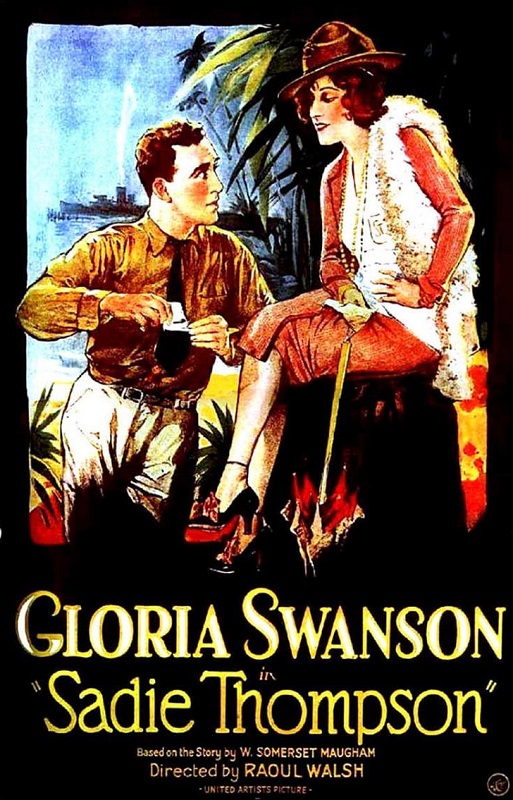
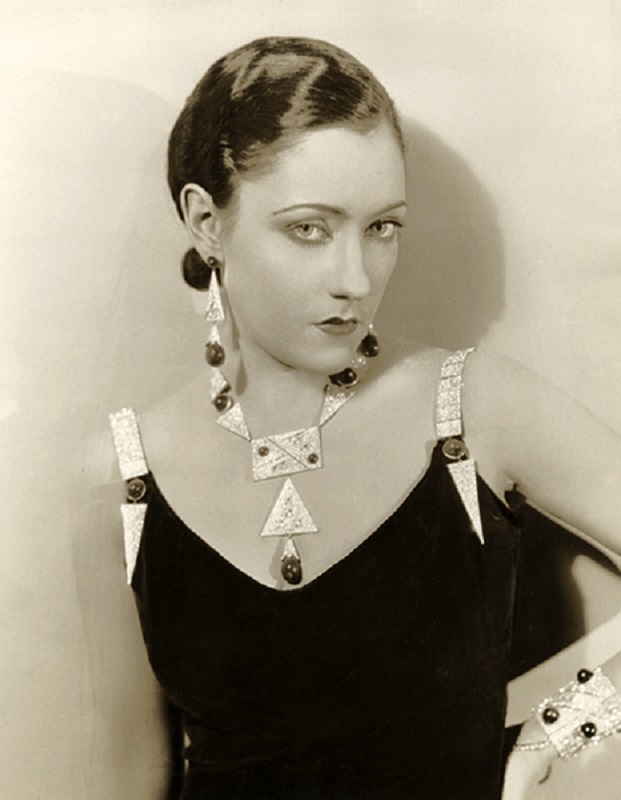

1927/28 – Gloria Swanson
Sadie Thompson
Gloria Swanson’s career had more critically panned films than films for which she was praised. This was one of the good ones, and it showed. I saw nothing wrong with her performance at all. In fact, I thoroughly enjoyed the movie, and her acting was really first rate. The roll was perfect, giving Swanson to show off a full range of emotions.
Her character started off as a wild woman who just wanted to have a good time. The she fell in love and planned to run away with her new man. But then we find out that she had a sordid past. In San Francisco, she had been accused of a crime, but claims that she had been framed. Correctly guessing that Sadie had been a prostitute, and in an effort to save her soul, the evil Mr. Davidson convinces the Governor to deport her back to Frisco to go to jail for the crime, even if she was innocent. Wracked with guilt, Sadie is converted, and agrees to serve the sentence in atonement for her many sins.
Swanson had to portray Sadie’s anger as Davidson tells her she is being sent to San Francisco and prison. She gives us the fear of her impending incarceration, and the desperate pleading with which she convinces Davidson that he had repented of her sins. She even goes so far as to spurn her lover who tries to save her from her dire fate. It isn’t until Davidson finds himself sexually attracted to her and commits suicide, that Sadie is allowed to return to her devoted man, so they can both live happily ever after.
Apparently, in the original novel, Davidson was a Reverend, and he actually rapes Sadie, but Swanson, who also had a hand in writing the script, removed those sordid bits for the censors. Otherwise the movie would not have been made. However, only 5 years later, in 1932, the movie was re-made, and the rape was left in. Either way, Swanson’s 1927 performance was wonderfully executed, showing that though many of her films were box office flops, she really did know what she was doing in front of the camera.
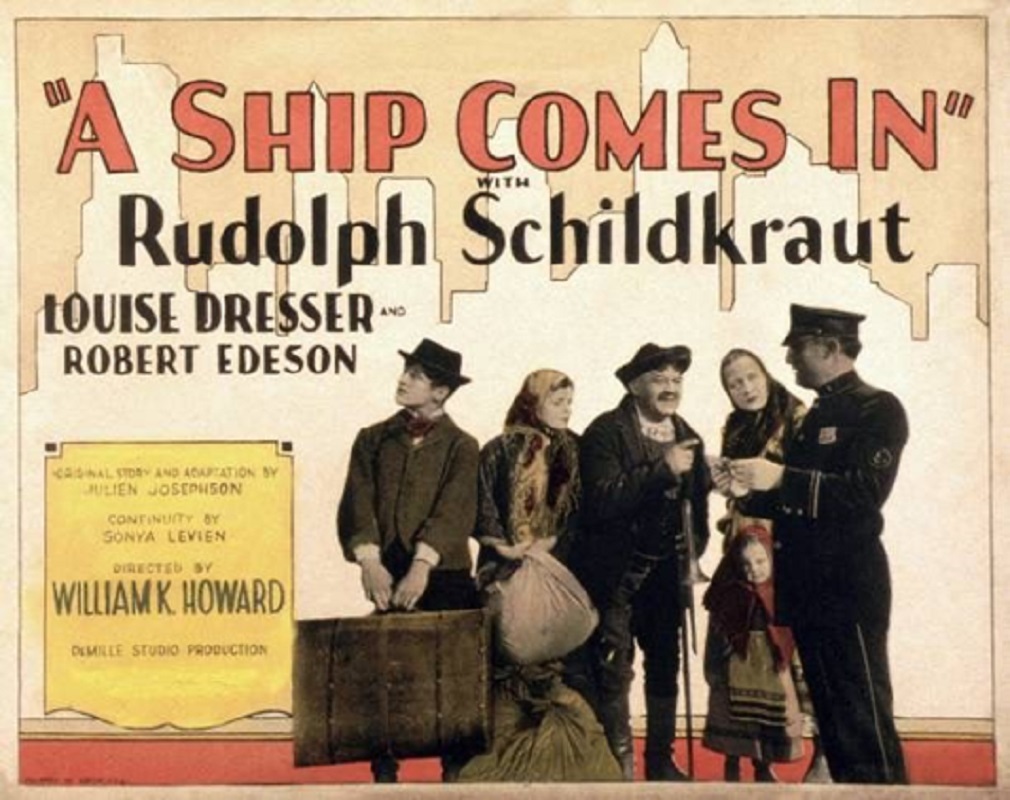
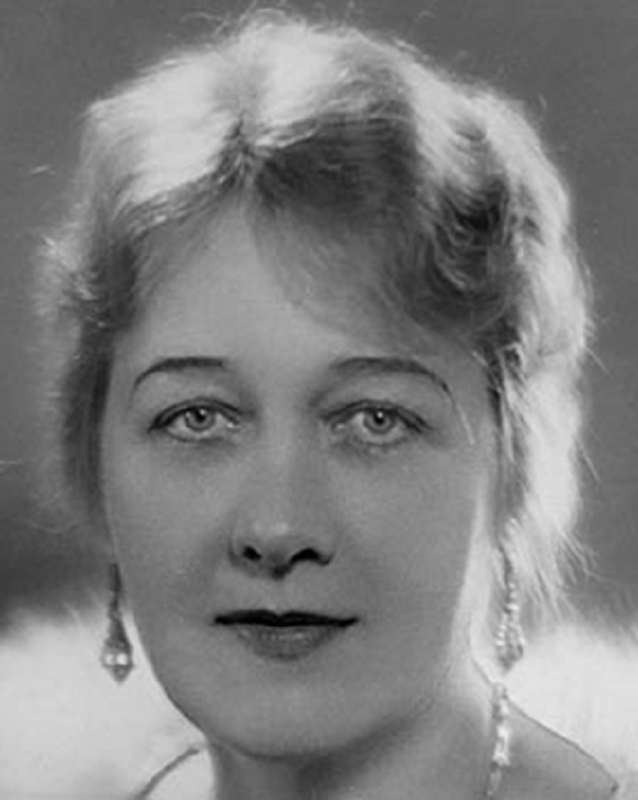


1927/28 A Ship Comes In
I have to admit, right off the bat that I was not able to see this entire film. I could not find it on Netflix, and so I turned to YouTube. There, the silent film had been split into 5 parts. Unfortunately, only parts 1, 2, and 4 were still available to view, and even then, the picture quality was pretty poor. So I couldn’t even see the film’s climax.
In the first two parts of the film I was able to watch, Louise’s performance was fairly unremarkable. She is just sort-of… there. The script didn’t really demand much more of her. In part 3, I must have missed the moment when her son becomes a soldier and leaves for war. In part 4, I watched her in a courtroom, pleading passionately with a judge as her innocent husband is found guilty of a terrible crime. The horrified look on her face as he is taken away to prison was pretty good.
But it were two missing scenes in part 5 that, I’m guessing, must have made her stand out to Academy voters. First, there had to have been a scene in which her husband’s innocence is discovered, and he is restored to her. And second, there is apparently a scene in which she learns that her son has been killed in battle. I would have liked to see those scenes.
I wouldn’t exactly call Dresser a beauty, but playing the part of a poor immigrant woman, she was made up to be a little more plain in appearance. And to the film’s credit, they paid proper attention to her age, taking her from a younger woman to a more mature matron gradually enough to be believable. I think she was well-cast as a wife and the mother of three children.
But I’d also say the film is really more about her husband than about her, and in the three parts that I was able to watch, there just wasn’t much about her character, or her acting, that stood out. Again, I’m guessing there must have been more for the Academy voters to work with in parts 3 and 5.
7th Heaven / Street Angel / Sunrise: A Song of Two Humans


7th Heaven

Street Angel

Sunrise: A Song of Two Humans

1927/28 – 7th Heaven / Street Angel / Sunrise
That first Awards ceremony was a strange one. They hadn’t really settled on their format quite yet. The first woman to ever win an Oscar for the Best Actress category was Janet Gaynor, and she was actually nominated for three films. The next year, and every year that followed, they made it for only a single film performance, which I think was all for the better.
Gaynor was only 21-22 years old when filming these three movies, though she had been acting in movies since 1924, mostly in uncredited roles. In 1926, her career began to take off, as she started getting lead roles. She had a delicate beauty that was captivating on the big screen. She had large eyes that had the extraordinary ability to broadcast her emotions, eyes that were able to speak volumes, even when they were closed. Her expressive mouth was lovely, and she had the tiniest cleft in her chin. In short, she was a perfect model of youth and beauty.
In 7th Heaven, she played a waifish girl who lived under the lash of her absinth addicted sister. When her sister tries to murder her in the gutter, Chico, a remarkable fellow, saved her life. He was the only person who showed her kindness. Eventually they fall in love. Gaynor’s performance was good, requiring a wide range of emotions, from fear to destitution, from caution to kindness, and finally from love to ecstasy. Of course, being a silent film required her portrayal of each of these emotions to be a little exaggerated, but to her credit, there was also depth and subtlety to her performance. And she had the face of an angel, fragile and lovely, which didn’t hurt.
But it was Gaynor’s performance in Street Angel that really earned her the honor of Best Actress. Here, she effortlessly gave us, without the use of words, some pretty clear emotional gravitas. She played a woman who committed a petty crime, and ran from the police. Later, after she has found love, she is found by the authorities, taken away. In the most heartbreaking scene in the film, she agrees to turn herself in if the inspector allows her one hour to say goodbye to her lover. She cannot bear to tell him that she will be leaving him at the end of the hour. But when her time is up, she gives him up to serve her sentence, and walks away with bravery and resolve. It was a powerful moment. Gaynor really earned her Oscar in this film, though the statuettes weren’t called Oscars then.
And finally, in Sunrise, she played the part of a wife whose husband nearly murders her at the suggestion of his wicked mistress. For the first half of the film, she had little to do except weep because her husband nearly killed her in cold blood. In the second half, he gets her to forgive him, and she portrays happiness. There was very little else to the role. But Gaynor played those two basic emotions easily enough. There was a brief scene in which she did a bit of peasant dancing, and a surprise hurricane for the climax where she nearly drowns in a lake. But honestly, this role didn’t impress me as much as the others. I think her acting still retained too much of the waif, and not enough of the wife and mother.
In doing a little reading, I discovered that Sunrise was actually the winner of a unique category that was discontinued after the first Academy Awards ceremony: Best Unique and Artistic Picture. In other words, it would have been a contender for the Outstanding Picture Award, but was not considered because it was in this special category. As a whole, I might agree with its quality in that capacity. It was a good film, full of innovative filmmaking techniques and good story telling. And incidentally, I think the Academy made the right decision when retroactively granting Wings the top honor. It was a better film. But my opinion of Gaynor’s acting in Sunrise remains the same.